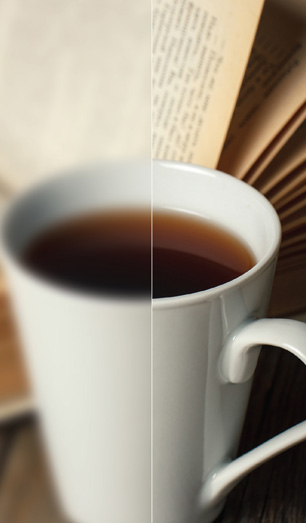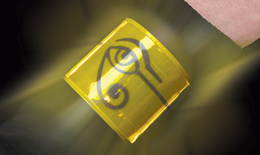
Only 7% of New Zealanders with incurable vision loss are eligible for membership of the Blind Foundation.
![]()
Low vision rehabilitation: a gap in the services
Approximately 168,000 New Zealanders have a visual impairment that cannot be corrected by glasses or contact lenses, but only 7% of New Zealanders with incurable vision loss are eligible for membership of the Blind Foundation.
For the remaining 93% of visually impaired New Zealanders information and support is scant or non-existent.
- There used to be 10 low-vision clinics in New Zealand public hospitals. Now there are only two.
- Poor vision affects everyone from infants, to school-age children, to adults in full productivity with major family responsibilities, to energetic older folk actively engaged with their businesses, professions, families and communities.
- Currently, the most common form of vision loss, macular degeneration, is neither preventable nor curable (but early detection and appropriate treatment can prevent blindness).
- Irreversible vision loss is twice as common as dementia. Since sight loss triples for every decade over the age of 40, with our ageing population the problem is bound to get worse.
- People with poor vision usually live to a normal old age. Without rehabilitation, their quality of life will fall, and their helplessness and dependency will rise.
- Among the elderly, falls are a leading cause of injury, hospitalisation and death. Without rehabilitation, visually impaired people are at much higher risk of falls than their sighted peers, and at much higher risk of being admitted to hospital or a nursing home as a result.
VIZBANDS - a Dunedin first

Fabulous VIZBANDS are available from VICTA. Watch this space for more outlets around New Zealand.
Donate
Any amount, no matter how small, can help people who are losing their sight. You can make a simple but valuable donation, or donate to a specific project.
DONATESafer pedestrians
VICTA supports cycling, and cycling safety, but not at the expense of the safety of our most vulnerable road users: elderly and disabled pedestrians. People need separate walkways.

